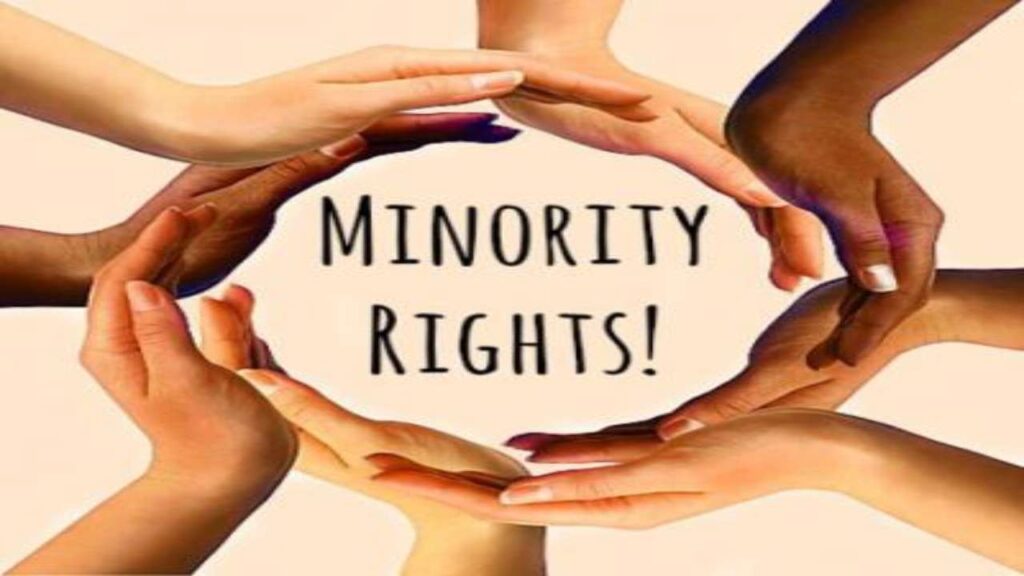USA Black African Fatal Police Shootings and Race

The fact that black men are killed by police more frequently than white men in the United States does not prove most claims of racial prejudice. Researchers should move past straightforward techniques that compare crime and police shooting rates. Additionally, they should put greater attention into researching regional variances in police shootings and racial prejudice within [4, 5].
The assumption of systemic police racism following Ferguson has prompted policy changes. The study of bias in lethal force is developing remarkably quickly. One type of training changed how NYPD officers thought about the concept of unconscious prejudice. It made little difference to racial inequalities in following enforcement procedures [6, 7].
Every year, on-duty police shoot and kill roughly 1,000 individuals. A larger proportion of unarmed citizens slain by police who were shot and killed were black guys. It’s challenging to categorize granular situations in an objective manner since not all cases are unreasonable. The emphasis should be on more exacting designs that take into consideration the unique aspects of each shot [8, 9].
Most of the research used to create the numbers in this report was conducted around 2015. This study focuses on the incidence and extent of bias rather than potential adjustments to police use-of-force policies. The Washington Post’s database still has more “legal interventions” than the CDC does [8, 10].
Compared to a few potential comparison categories, fatal police shootings have a higher proportion of black victims. Black persons make up around 25% of those killed in police shootings, compared to 13% of the general population. Black involvement in homicides and suicide fatalities is equivalent to or lower than that of other violent crime indicators [11, 12].
Some specialists have focused on situations when the suspect was helpless and non-aggressive. When more information is included, the percentage of black persons killed by police is not absurdly high. Black individuals tend to be shot and murdered by police more frequently than white ones [13, 14].
Both police and civilians are more likely to be black in areas with a larger percentage of black residents. Theoretically, black cops should shoot black suspects less frequently if white officers are shooting them out of anti-black prejudice. It is challenging to use this assumption in a statistical study. A study might clarify if white police officers shot more black people than other races [15, 16].
In areas where the percentage of black residents is at least 80%, white police officers are five times more likely to use force. When dispatched to white and mixed-race communities, black and white cops both use their firearms at comparable rates. Violent crimes and police shootings had a “curvilinear” correlation, according to a study of St. Louis areas [17, 18].
References
[1] C. Høigård, “Policing the north,” Crime and justice, vol. 40, no. 1, pp. 265-348, 2011.
[2] J. H. Skolnick and C. McCoy, “Police accountability and the media,” American Bar Foundation Research Journal, vol. 9, no. 3, pp. 521-557, 1984.
[3] M. Punch, Police corruption: Deviance, accountability and reform in policing. Routledge, 2009.
[4] K. L. Gilbert and R. Ray, “Why police kill black males with impunity: Applying public health critical race praxis (PHCRP) to address the determinants of policing behaviors and “justifiable” homicides in the USA,” Journal of urban health, vol. 93, no. 1, pp. 122-140, 2016.
[5] R. M. Entman, “Blacks in the news: Television, modern racism and cultural change,” Journalism quarterly, vol. 69, no. 2, pp. 341-361, 1992.
[6] R. Rosenfeld and J. Wallman, “Did de policing cause the increase in homicide rates?,” Criminology & Public Policy, vol. 18, no. 1, pp. 51-75, 2019.
[7] J. T. Jennings and M. E. Rubado, “Preventing the use of deadly force: The relationship between police agency policies and rates of officer involved gun deaths,” Public Administration Review, vol. 77, no. 2, pp. 217-226, 2017.
[8] J. Nix, B. A. Campbell, E. H. Byers, and G. P. Alpert, “A bird’s eye view of civilians killed by police in 2015: Further evidence of implicit bias,” Criminology & Public Policy, vol. 16, no. 1, pp. 309-340, 2017.
[9] M. Desmond, A. V. Papachristos, and D. S. Kirk, “Police violence and citizen crime reporting in the black community,” American sociological review, vol. 81, no. 5, pp. 857-876, 2016.
[10] B. Ariel, W. A. Farrar, and A. Sutherland, “The effect of police body-worn cameras on use of force and citizens’ complaints against the police: A randomized controlled trial,” Journal of quantitative criminology, vol. 31, no. 3, pp. 509-535, 2015.
[11] C. E. Menifield, G. Shin, and L. Strother, “Do white law enforcement officers target minority suspects?,” Public Administration Review, vol. 79, no. 1, pp. 56-68, 2019.
[12] N. Sekhon, “Blue on Black: An empirical assessment of police shootings,” Am. Crim. L. Rev., vol. 54, p. 189, 2017.
[13] D. G. Dutton, Rethinking domestic violence. Ubc Press, 2011.
[14] C. K. Y. Lee, “Race and self-defense: Toward a normative conception of reasonableness,” Minn. L. Rev., vol. 81, p. 367, 1996.
[15] M. Petrocelli, A. R. Piquero, and M. R. Smith, “Conflict theory and racial profiling: An empirical analysis of police traffic stop data,” Journal of criminal justice, vol. 31, no. 1, pp. 1-11, 2003.
[16] S. Nicholson Crotty, J. Nicholson Crotty, and S. Fernandez, “Will more black cops matter? Officer race and police
involved homicides of black citizens,” Public Administration Review, vol. 77, no. 2, pp. 206-216, 2017.
[17] M. Hoekstra and C. Sloan, “Does race matter for police use of force? Evidence from 911 calls,” American Economic Review, vol. 112, no. 3, pp. 827-60, 2022.
[18] S. L. Kent and D. Jacobs, “Minority threat and police strength from 1980 to 2000: A fixed
effects analysis of nonlinear and interactive effects in large US cities,” Criminology, vol. 43, no. 3, pp. 731-760, 2005.
